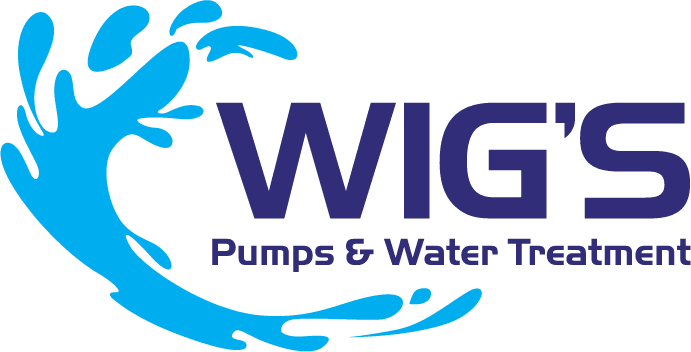2025 Guide: How to Choose the Best Wastewater Systems for Your Needs
As we move closer to 2025, the importance of selecting the right wastewater systems cannot be overstated. With increasing environmental regulations and the growing emphasis on sustainability, businesses and municipalities are tasked with making informed decisions about their wastewater management solutions. According to Dr. Emily Carter, a leading expert in wastewater engineering, "Choosing the right wastewater systems is not just a matter of compliance; it's an investment in our future." Her insights emphasize the critical nature of this choice, highlighting the need for comprehensive understanding and careful consideration.
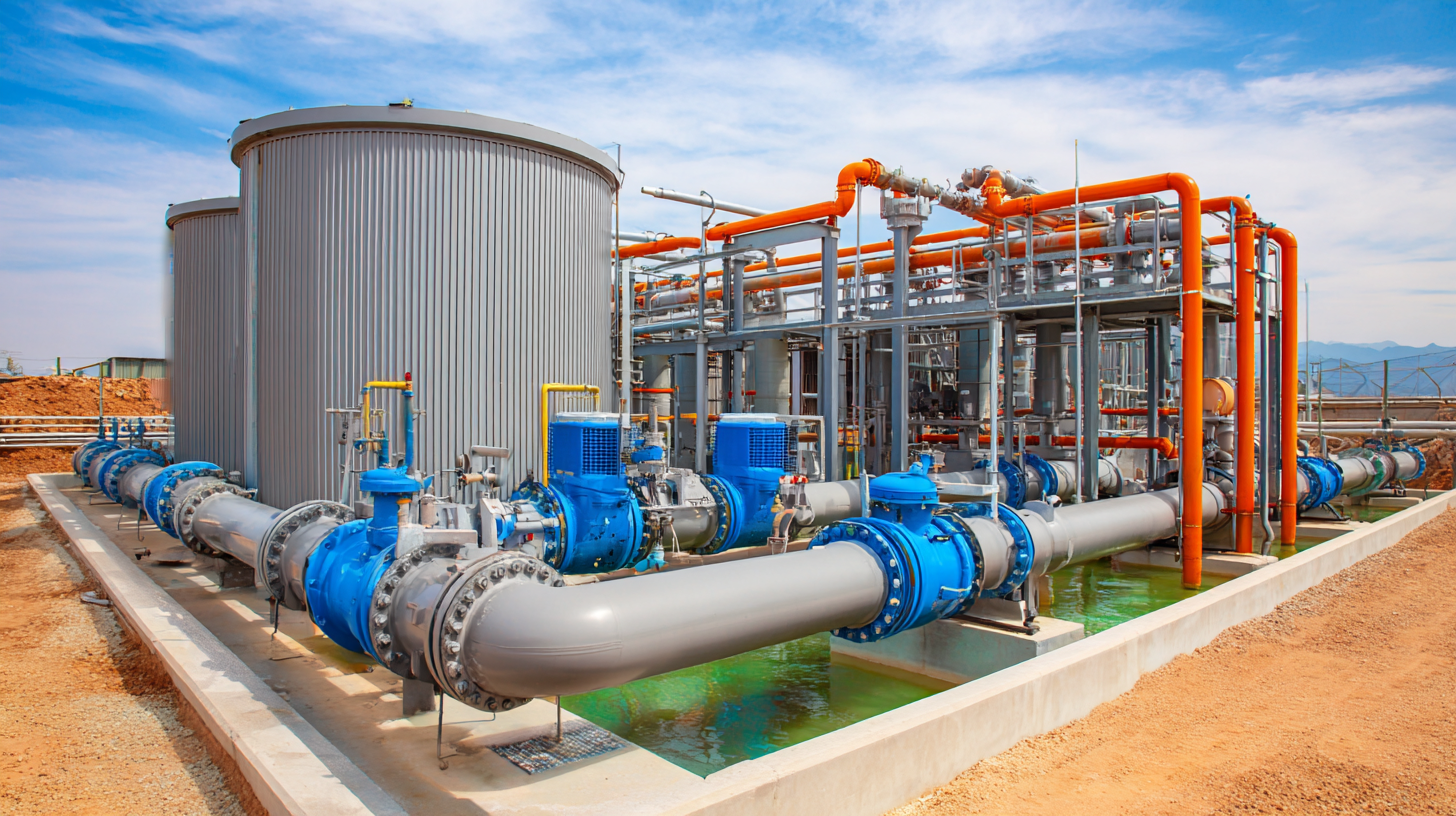
In this guide, we will explore the various factors that play a pivotal role in selecting the best wastewater systems to meet your specific needs. From understanding the regulatory landscape to evaluating technological advancements, there are numerous elements to consider to ensure optimal performance and compliance. By addressing these aspects, we aim to empower stakeholders, be they private industries or public entities, to make choices that not only serve their immediate needs but also contribute positively to the environment.
Understanding Wastewater System Types: A Comprehensive Overview for 2025
When it comes to selecting the best wastewater systems in 2025, understanding the various types available is crucial for meeting your specific needs. The primary categories include decentralized systems, centralized systems, and advanced treatment technologies. Decentralized systems, such as septic tanks and sand filters, are ideal for rural or less populated areas where connecting to a central sewer is not feasible. They offer flexibility and lower initial costs but require regular maintenance to ensure effective operation.
On the other hand, centralized wastewater systems are typically found in urban areas, offering large-scale treatment solutions that can handle significant volumes of sewage. These systems often employ advanced technologies like activated sludge processes and membrane bioreactors, ensuring high-quality effluent that meets environmental standards. Furthermore, emerging options like constructed wetlands and anaerobic digesters provide sustainable alternatives that promote resource recovery, such as biogas production. Each option presents unique benefits and considerations, making it essential to analyze your specific requirements, budget, and environmental impact when choosing the most suitable wastewater system for 2025.
Key Factors to Consider When Choosing a Wastewater System: Expert Insights
When selecting the best wastewater system for your needs, it is crucial to consider several key factors that can significantly affect performance and efficiency. One primary aspect is the market growth and technology trends within the industry. For instance, the global smokeless coal filter market is projected to grow from $214.8 million in 2024 to $458.4 million by 2032, at a compound annual growth rate (CAGR) of 9.94%. This highlights the increasing demand for advanced filtration systems, reflecting broader trends towards sustainability and efficiency in wastewater management.
In addition, the type of aircraft can influence the design and requirements of the wastewater system. The commercial aviation sector, encompassing commercial and regional aircraft, necessitates specialized toilet systems that can handle varying loads and operational needs. Technologies such as vacuum and recycling systems are essential considerations, as they contribute to reduced water usage and more efficient waste management. As the industry continues to evolve, understanding these key factors will be critical in selecting the most suitable wastewater system for specific operational contexts.
2025 Guide: How to Choose the Best Wastewater Systems for Your Needs
| Key Factor | Description | Importance Level (1-5) | Considerations |
|---|---|---|---|
| Treatment Type | Determines the method of wastewater treatment (e.g., aerobic, anaerobic, membrane filtration). | 5 | Type of wastewater to be treated and regulatory requirements. |
| Capacity | Volume of wastewater the system can handle effectively. | 4 | Peak flow rates and average daily flows. |
| Energy Efficiency | How much energy the system consumes in relation to its performance. | 4 | Energy costs and sustainability goals. |
| Maintenance Requirements | Frequency and complexity of maintenance tasks. | 3 | Skill level required for maintenance personnel. |
| Cost | Initial investment and long-term operational costs. | 5 | Budget constraints and financial resources. |
Evaluating Treatment Technologies: Comparing Efficiency and Cost in 2025
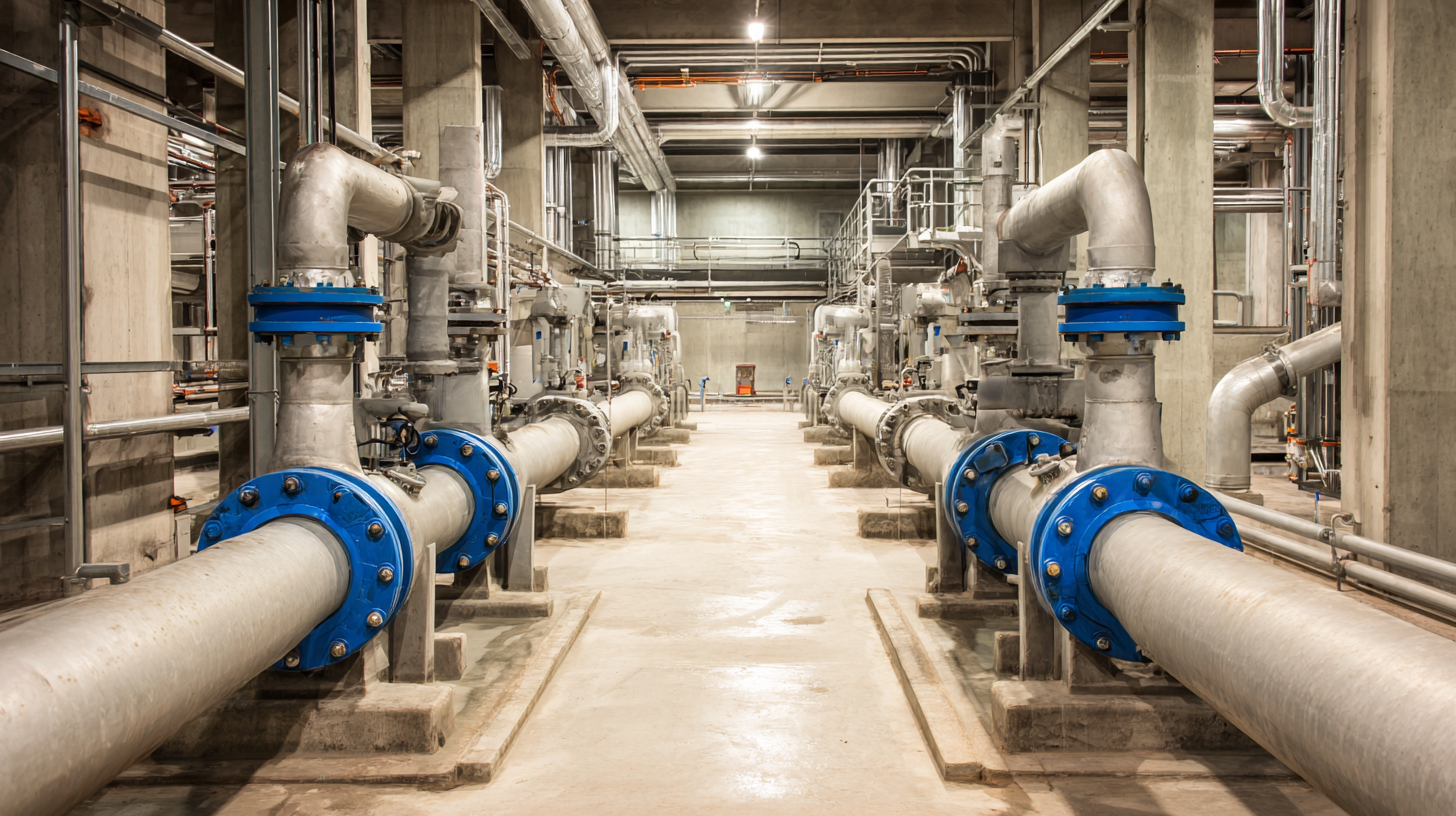 When evaluating wastewater treatment technologies in 2025, it’s essential to compare efficiency and cost to find the best fit for your specific needs. Various treatment systems, such as activated sludge, membrane bioreactors, and constructed wetlands, showcase distinct efficiencies in removing contaminants. Assessing their effectiveness based on your local regulations and environmental goals will ensure compliance and sustainability.
When evaluating wastewater treatment technologies in 2025, it’s essential to compare efficiency and cost to find the best fit for your specific needs. Various treatment systems, such as activated sludge, membrane bioreactors, and constructed wetlands, showcase distinct efficiencies in removing contaminants. Assessing their effectiveness based on your local regulations and environmental goals will ensure compliance and sustainability.
Tips: Consider conducting pilot tests to gauge the performance of different systems under your unique conditions. This can provide valuable insights into their operational efficiency and help you avoid costly mistakes. Additionally, focus on long-term costs, including maintenance and energy consumption, rather than just the initial investment.
Furthermore, leverage advancements in technology, such as automation and real-time monitoring, to enhance efficiency and reduce operational costs. These innovations not only optimize performance but also facilitate better decision-making regarding maintenance and upgrades. By staying informed about the latest developments in wastewater treatment technologies, you can make more informed choices that align with your financial and environmental objectives.
Regulatory Compliance: Navigating Standards and Requirements for Wastewater Systems
When selecting the best wastewater systems, understanding regulatory compliance is crucial. Different regions have specific standards and requirements that govern wastewater management, reflecting both environmental concerns and public health priorities. As you embark on this journey, familiarize yourself with the local, state, and federal regulations that pertain to wastewater treatment. This can include discharge limits, monitoring and reporting requirements, and technology standards which aim to reduce pollutants in effluent.
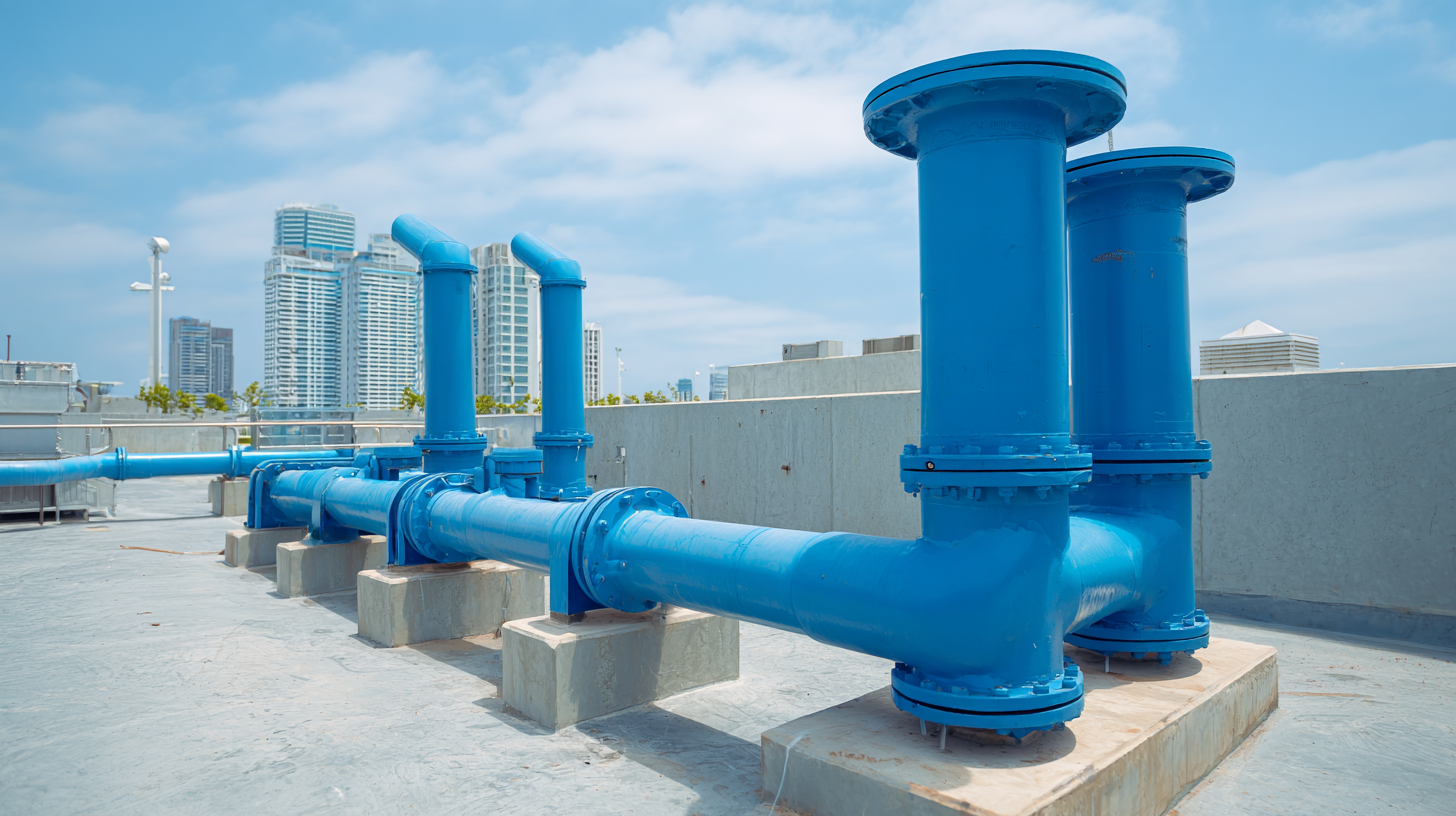
Navigating these regulations can be complex, but it’s essential for ensuring that your chosen system operates within legal frameworks. Engaging with environmental consultants or agencies can provide clarity on the necessary compliance measures. Furthermore, consider adopting systems that not only meet current regulations but also anticipate future changes, as environmental policies can evolve. By prioritizing compliance from the outset, you position your operation to maintain integrity while contributing positively to environmental stewardship.
Future Trends in Wastewater Management: Innovations and Sustainability for 2025
As wastewater management evolves, industries such as food and beverage, municipal water treatment, and oil and gas are increasingly adopting innovative technologies to enhance sustainability. In the food and beverage sector, for instance, microfiltration (MF) and ultrafiltration (UF) are gaining traction, with the global market expected to reach approximately $3.5 billion by 2025. These methods improve water recovery rates while reducing energy consumption, aligning with the industry's push toward minimizing environmental impacts.
In municipal water treatment, reverse osmosis (RO) continues to be a critical technology. Reports indicate that the municipal wastewater treatment market is predicted to grow substantially, driven by the increased demand for safe and potable water. Regional insights reveal that North America will lead the market, accounting for over 30% of the total share by 2025, as municipalities prioritize advanced treatment systems to address aging infrastructure and regulatory compliance. The integration of sustainable practices and innovative solutions in wastewater systems is not only crucial for regulatory adherence but also for the enduring health of communities and ecosystems.
Future Trends in Wastewater Management: Innovations and Sustainability for 2025
Related Posts
-

Exploring the Essential Role of Water Systems in Sustainable Urban Development and Climate Resilience
-

How to Choose the Best System Water for Your Home and Health Needs
-
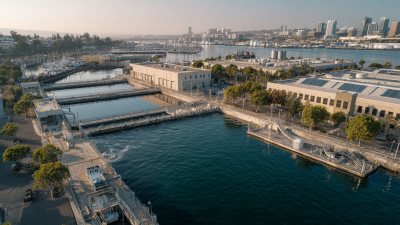
Unlocking the Future: How Water Reclamation Systems Can Revolutionize Urban Sustainability
-

How Water Systems Impact Sustainability and Our Future Living Environments
-

Understanding the Importance of a Reliable Water Testing System for Safe Drinking Water
-

Exploring Innovative Wildfire Water Solutions to Protect Our Communities and Environment
